Revision Notes: Sense Organs | Biology for SSS 3 PDF Download
| Table of contents |

|
| The Sense Organs |

|
| The Eye |

|
| The Ear |

|
| The Sense of Balance |

|
| Hearing Impairment |

|
| The Sense of Taste |

|
| The Sense of Smell |

|
The Sense Organs
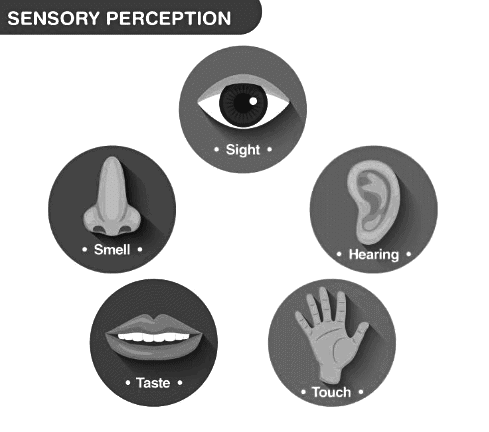
Introduction
- The sense organs help us to know about the condition of the environment.
- A receptor is a special tissue or cell that is sensitive to a specific stimulus.
Mechanoreceptors
- These are receptors for touch, which detect pressure on the skin due to mechanical changes.
Chemoreceptors
- These receptors are responsible for taste on the tongue and smell in the nose, both of which are due to chemical influences.
Photoreceptors
- These receptors are sensitive to light and are found in the rods and cones of the retina in the eyes.
Thermoreceptors
- These are heat and cold receptors in the skin that respond to changes in temperature.
The Eye
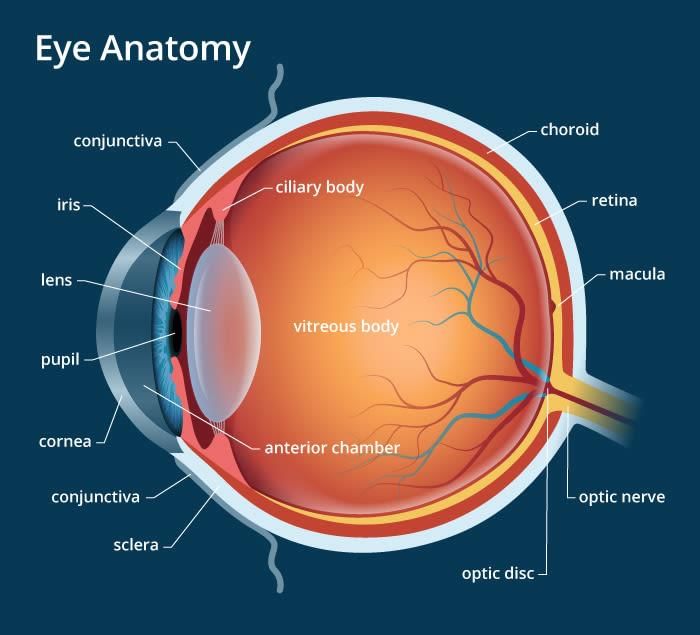
- The two eyes are positioned in deep sockets known as orbits.
- The front surface of the eyes is protected by upper and lower movable eyelids.
- There are between 6 to 12 tear glands in each eye.
- The functions of the tear glands include:
- Lubricating the surface of the eye.
- Washing away dust particles.
- The entire front part of the eye is covered by a thin membrane called the conjunctiva.
- When the conjunctiva gets infected by a virus, it leads to an eye disease known as conjunctivitis.
Structure of the Eyeball
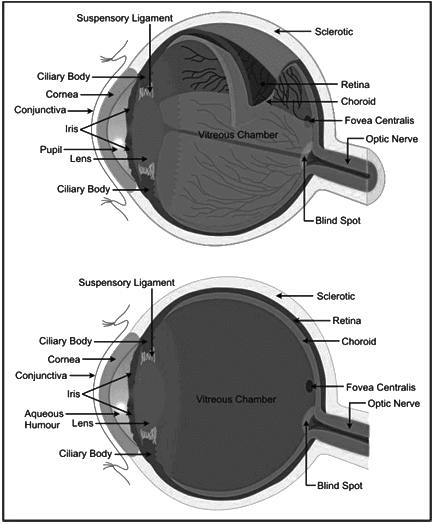 The eyeball wall consists of three concentric layers:
The eyeball wall consists of three concentric layers:
1. Sclerotic Layer (Outer Layer)
- The sclera, which is the white visible part of the eyeball, covers the coloured part of the eye, known as the cornea.
2. Choroid Layer (Middle Layer)
- This layer is rich in blood vessels that provide essential nourishment.
- The choroid layer expands at the front to form the ciliary body.
- The iris, which is part of the choroid, partially covers the lens, leaving a circular opening in the centre called the pupil.
- The muscles of the iris regulate the size of the pupil, controlling the amount of light that enters the eye.
3. Retina (Inner Layer)
- The retina contains two types of sensory cells: rods and cones.
- Rod cells are sensitive to dim light and do not detect colour.
- Cone cells are sensitive to bright light and are responsible for colour vision.
Comparison between Rods and Cones

Yellow Spot and Blind Spot

Lens
- It is transparent, biconvex and crystalline.
- It is held by a suspensory ligament which attaches the lens to the ciliary body.
Aqueous and Vitreous Chambers

Four Major Steps in Seeing an Object
- Light rays reflected from an object pass through transparent parts of the eye.
- Initially, the curvature of the cornea helps to converge the light rays to some extent.
- The lens further converges the light rays after they pass through the cornea.
- The image formed on the retina is both real and inverted.
- The light energy causes chemical changes in the rods and cones of the retina, generating nerve impulses.
- These nerve impulses travel through the optic nerve to the cerebrum.
- The cerebrum processes the nerve signals and creates the sensation of sight.
- The brain interprets the inverted image on the retina, allowing the object to be seen in the correct, upright orientation.
Accommodation Vision
Accommodation refers to the process of adjusting the focus of the eyes on objects at varying distances, which involves a change in the curvature of the lens.
- Distant Vision: When looking at distant objects, the lens becomes flatter. In this case, the suspensory ligaments stretch the lens, maintaining its shape.
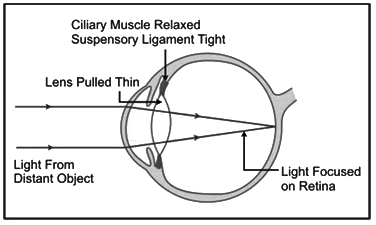
- Near Vision: For close objects, the lens changes to a more convex and rounded shape. This occurs when the ciliary muscles contract, pulling the ciliary body forward. As a result, the tension on the suspensory ligaments is reduced, allowing the lens to become thicker and more rounded.
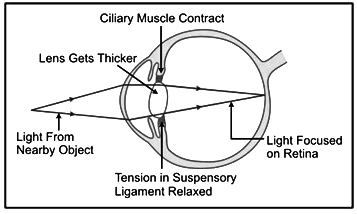
Light and Dark Adaptation
- Dark Adaptation: When transitioning from a brightly lit environment to a darker one, there is a temporary difficulty in seeing objects clearly. This adjustment period is known as dark adaptation.
- Light Adaptation: Conversely, when moving from a dark area to a brightly lit one, individuals may experience a brief period of discomfort due to the sudden increase in light intensity. This phenomenon is referred to as light adaptation.
Common Defects of the Eyes
Defects of the Eyes
Myopia (Shortsightedness)
- Near objects are seen clearly, but distant objects appear blurred.
- This occurs because the lens is too curved.
- Myopia can be corrected with suitable concave lenses.
Hyperopia (Hypermetropia/Long-sightedness)
- Difficulty in seeing nearby objects clearly.
- This condition happens when the lens is too flat.
Astigmatism
- This defect causes parts of an object to be seen in focus while others appear blurred.
Presbyopia
- This condition is commonly observed in older individuals.
- It leads to difficulty in seeing near objects clearly.
Cataract
- In this condition, the lens of the eye becomes opaque, leading to reduced vision.
Colour Blindness
- Colour-blind individuals have difficulty distinguishing between certain colours, such as red and green.
Night Blindness
- This condition involves difficulty in seeing in dim light conditions.
- It is caused by the non-formation of rhodopsin in rod cells of the retina.
Squint
- Squinting involves the convergence of the eyes, leading to a condition commonly known as cross eyes.
Stereoscopic Vision
Stereoscopic vision is the ability to perceive depth or the relative distance of objects, which is found in humans, monkeys, and apes. This ability comes from the simultaneous focusing of an object with both eyes. The images from each eye overlap, creating a three-dimensional effect and allowing for accurate depth perception.
After-images
After-images occur when a person looks at a brightly colored object and then shifts their gaze to a darker surface. The image of the object continues to persist in the same color, creating what is known as a persistence image or after-image.
The Ear
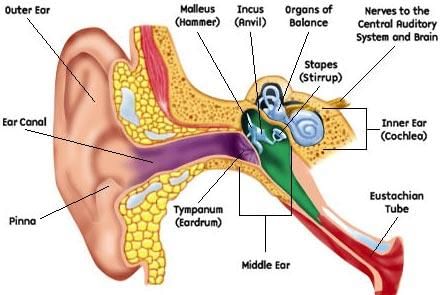
The human ear is divided into three main parts: the outer ear, the middle ear, and the inner ear.
Outer Ear
- The outer ear consists of the pinna, also known as the auricle, and the auditory canal.
Middle Ear
- The middle ear contains three small bones called ear ossicles : the malleus (hammer), the incus (anvil), and the stapes (stirrup).
- It also contains the eustachian tube, which connects the middle ear to the throat.
Inner Ear
- The inner ear, also known as the membranous labyrinth, contains the cochlea and the semicircular canals.
- The cochlea is divided into three parallel canals, with the middle canal housing the organ of Corti, which is responsible for hearing.
- The ends of the semicircular canals widen to form an ampulla, which contains sensory cells.
- The short stem connecting the bases of the semicircular canals to the cochlea is called the vestibule, which contains two sacs: the utriculus and the sacculus.
Functions of the Ear
The ears serve two main functions: hearing and maintaining body balance.
1. Hearing
- Pinna: The outer part of the ear that collects sound waves and directs them into the auditory canal.
- Auditory Canal: The pathway through which sound waves travel to reach the eardrum.
- Eardrum: A thin membrane that vibrates when sound waves hit it, converting sound energy into mechanical energy.
- Ear Ossicles: Three tiny bones (malleus, incus, and stapes) that amplify and transmit vibrations from the eardrum to the inner ear.
- Eustachian Tube: A tube that equalizes air pressure on both sides of the eardrum, allowing it to vibrate freely.
- Oval Window: A membrane-covered opening that leads to the cochlea, where vibrations are transmitted to the fluid inside.
- Cochlea: A spiral-shaped organ filled with fluid and lined with sensory cells that convert mechanical vibrations into electrical signals.
- Auditory Nerve: The nerve that carries electrical signals from the cochlea to the brain, where they are interpreted as sound.
2. Body Balance
- Semicircular Canals: Three fluid-filled tubes oriented at right angles to each other, detecting rotational movements of the head.
- Ampulla: The enlarged base of each semicircular canal containing sensory cells that respond to changes in head position.
- Vestibule: The central part of the inner ear that connects the semicircular canals and cochlea, containing the utriculus and sacculus.
- Utriculus and Sacculus: Sacs within the vestibule that contain sensory cells detecting linear acceleration and the position of the head relative to gravity.
The Sense of Balance
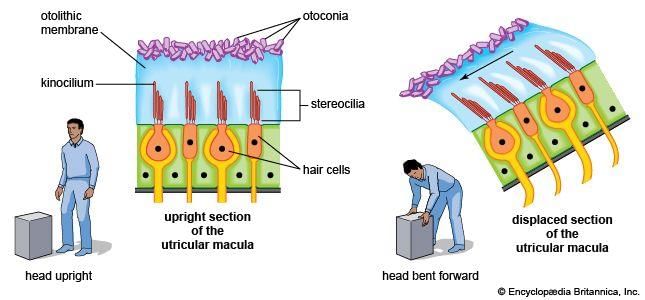
The sensory cells in the utriculus and sacculus are responsible for maintaining static equilibrium, which refers to the body's balance when it is stationary.
Hearing Impairment
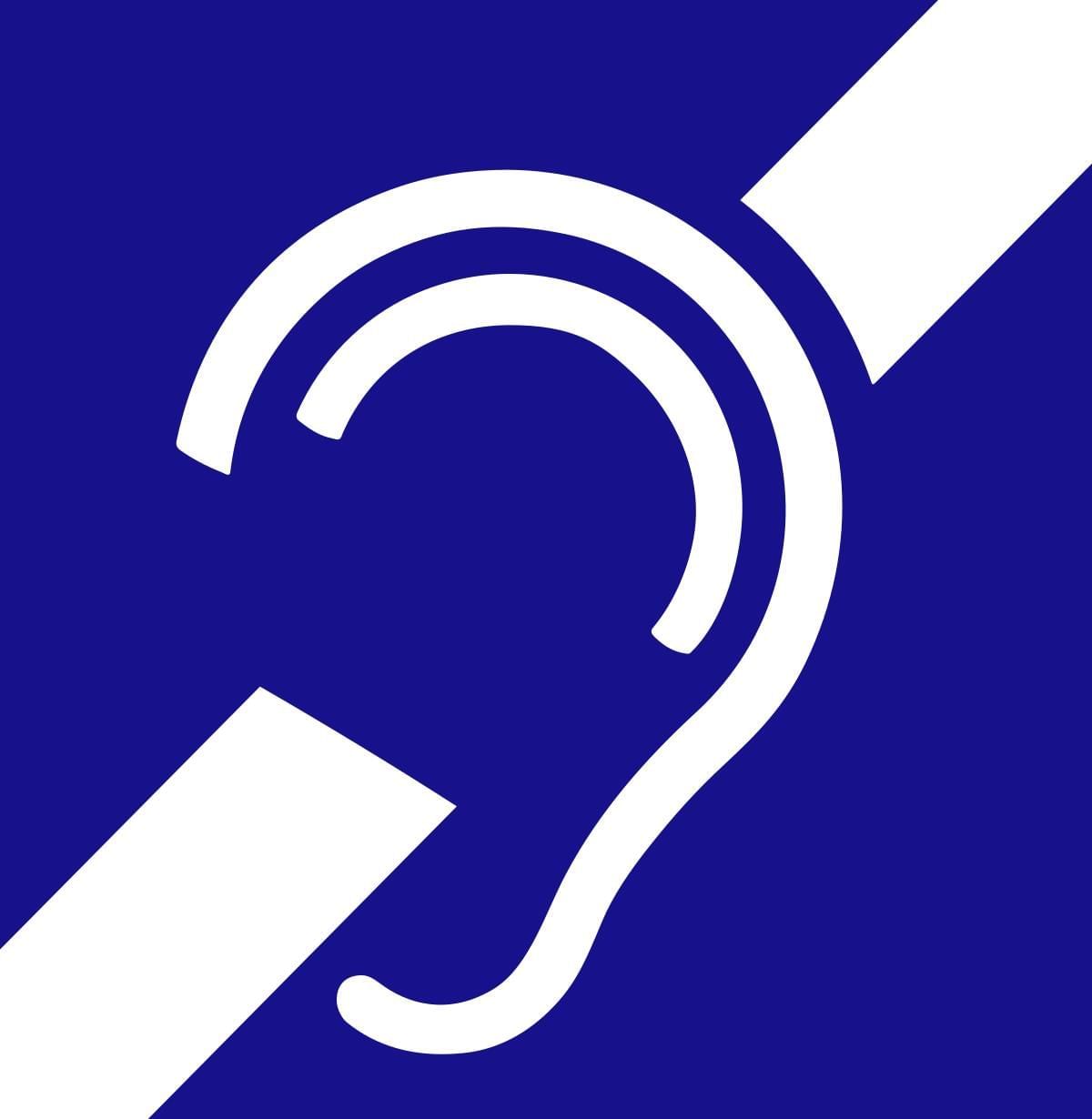
- Sensorineural Hearing Loss occurs when there is damage to the cochlea or the auditory nerve.
- Conductive Hearing Loss happens when sound waves are blocked in either the outer or middle ear.
The Sense of Taste
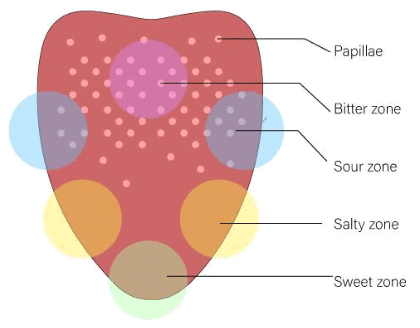
Different Taste Areas of Tongue
Taste Bud: The sense of taste is located in the taste buds of the tongue. A taste bud is an ovoid group of sensory cells. Substances enter the pore and stimulate the sensory hair of the sensory cells.
The Sense of Smell
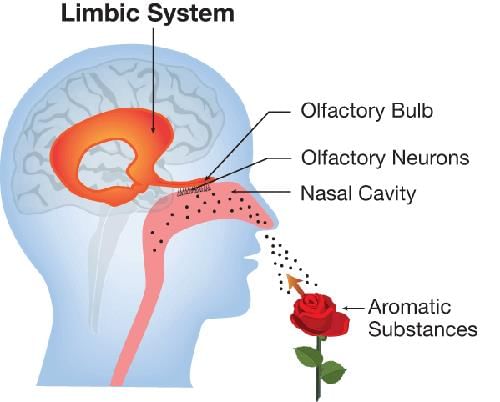
- The sense of smell is found in the epithelial layer of the nasal chamber.
- Smell cells have hair-like projections that respond to particles dissolved in the mucus of the nose.
- When these projections detect scents, they send impulses to the brain through the olfactory nerve.
|
52 videos|101 docs|63 tests
|
FAQs on Revision Notes: Sense Organs - Biology for SSS 3
| 1. What are the main functions of the eye in the human body? |  |
| 2. How does the ear contribute to the sense of hearing? |  |
| 3. What role does the sense of balance play in everyday activities? |  |
| 4. What are common causes of hearing impairment? |  |
| 5. How do taste and smell work together to enhance flavor perception? |  |




















